Outside the Classroom: Exploring the Benefits of Outdoor Education
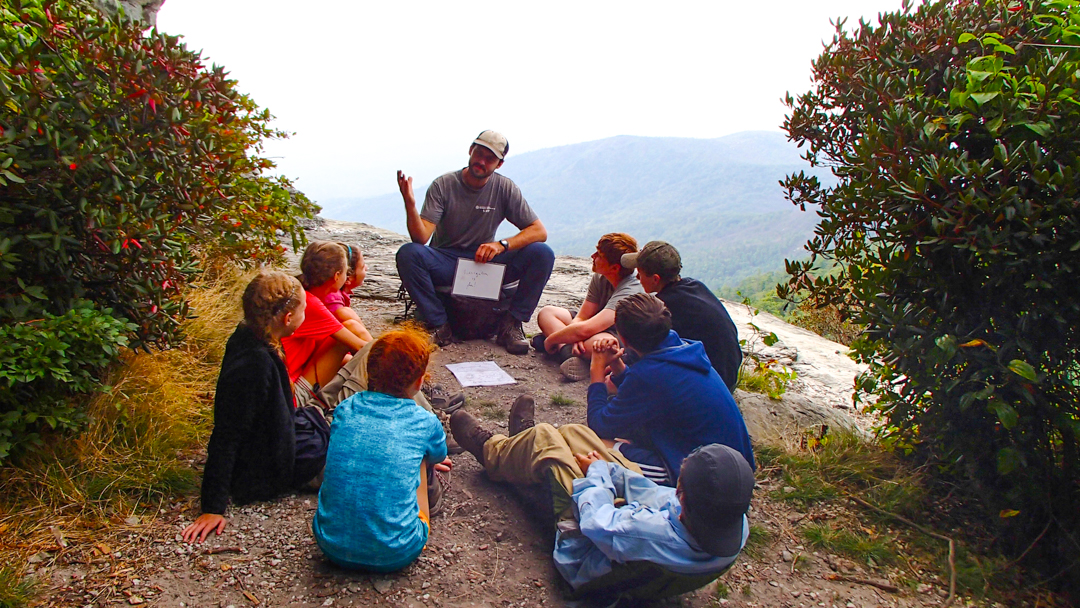
No matter how many educators you speak to, you are unlikely to find a common definition for outdoor education. Some think of outdoor education as environmental education, experiential education or even the development of survival or wilderness skills.
However, no matter what the curriculum looks like or the terminology that educators use to describe the goals of outdoor education, there are some common benefits to students.
Often, outdoor experiences, other than recess, are far and few between in the daily schedule of public school students. However, many schools are eager to provide their students with the experiences and benefits that outdoor education provides.
The majority of these schools take day or overnight field trips once the students reach middle or high school levels in order to ensure that students get all the benefits of learning outdoors.
In 2008, the United States House of Representatives passed the No Child Left Inside Act. The law would provide grant monies to states to ensure that school children are environmentally literate.
School districts would be able to use this money for some outdoor education activities if the law is passed by the Senate and signed by the President.
The Benefits of Outdoor Education
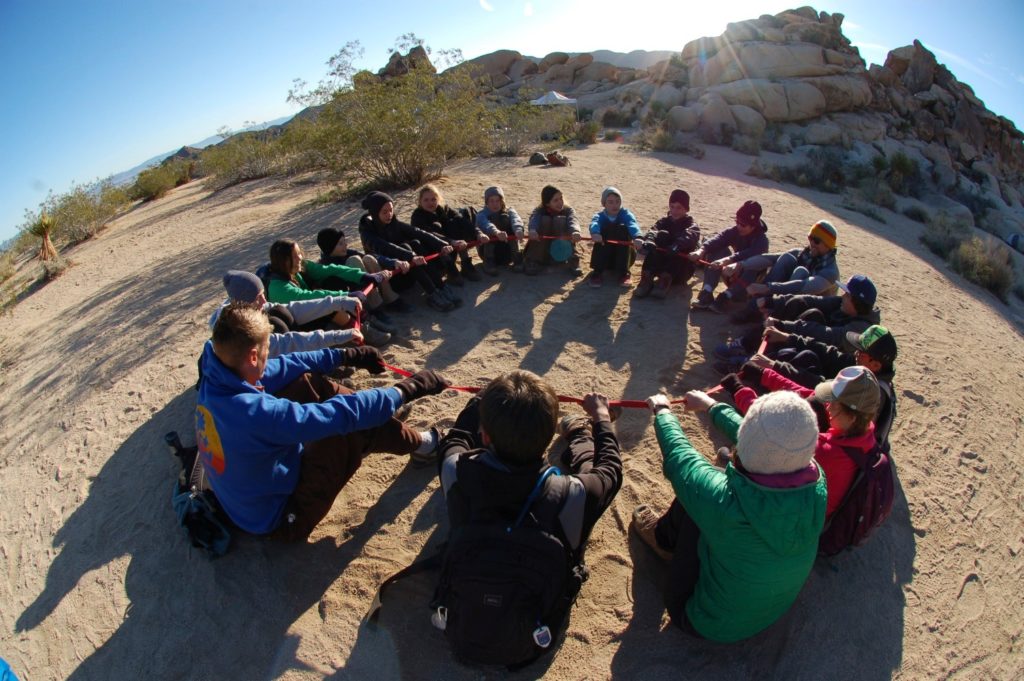
Outdoor education is one of those areas that might seem superfluous to many people. However, the benefits of this type of educational experience are very real. Some of the benefits include:
1. Self confidence: Students, like adults, are living in a world of modern conveniences were we have machines to make our lives easier. While students may work hard at their school work, sports and activities, their survival skills are rarely tested.
However, when they learn to spend the night in a tent, cook a meal over a campfire or hike for clean water, they learn to survive without modern conveniences and gain self confidence.
2. Teamwork and Problem Solving: Whether students are pitching a tent, trying to get a fire started or figuring out how to get the water back to the campsite without spilling, they will often need to work together to solve their problem.
Communication becomes important for the greater good of the group. Unlike an algebra assignment, they need to work together to solve their problem.
3. Appreciation of Nature and the Environment: In order to really appreciate nature, you need to be able to experience it with all of your senses.
You might be able to see the beauty of a lake from a photograph but without hearing the gentle lap of the water at the shore, feeling the cool breeze on your face and smelling the fresh crisp air, it is difficult to fully appreciate the lake’s beauty.
Students, therefore, benefit from being taken outside to experience the beauty of nature.
These benefits help students in and out of the classroom. Self confidence, teamwork and problem solving are all valuable skills for learning in a formal education environment. They are also valuable skills for people to have in all areas of their lives.
Types of Outdoor Education

There are many different activities that can be done as part of an outdoor education programme. Anything that connects the student to an outside activity qualifies as part of an outdoor education.
The list below is meant to describe some common activities and is in no way meant to be comprehensive. Some common activities include:
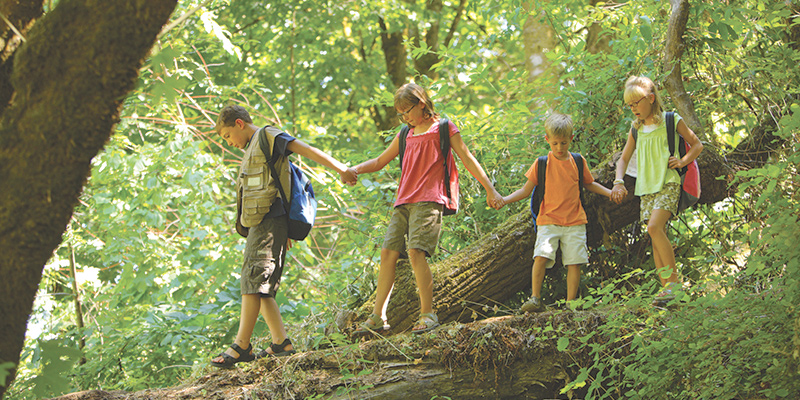
1. Nature Studies: Nature studies are often the easiest type of environmental education to complete on school grounds during the school day. It can include almost anything that has to do with the outdoors.
Some classes plant, cultivate and harvest gardens. Other classes take nature walks and learn to identify different types of local trees, birds and plants.
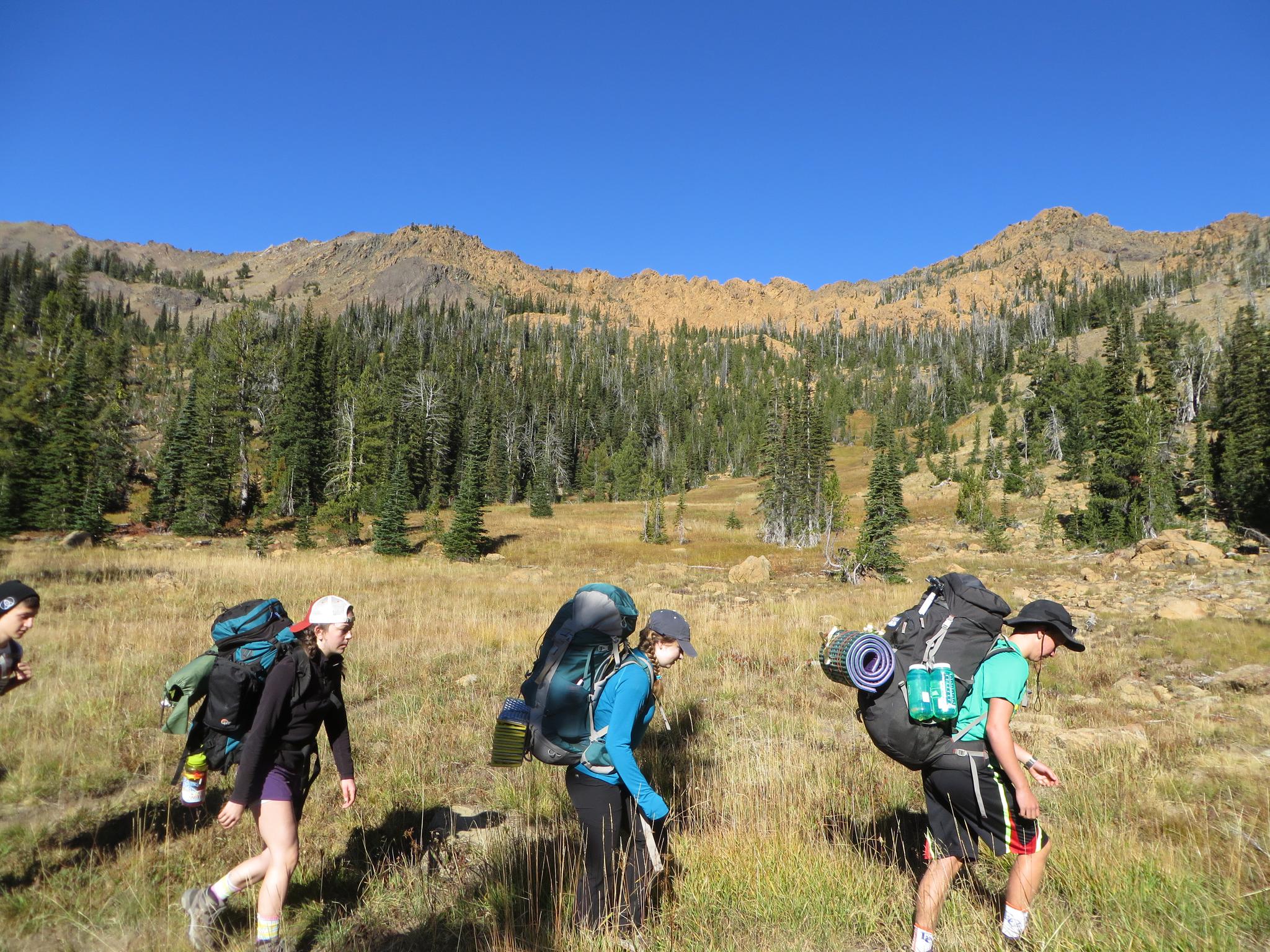
2. Backpacking and Camping: Many students participate in backpacking and camping trips during their childhood. These trips teach children to appreciate nature and to learn critical survival skills. They are also fun and create a great bonding experience for classmates.
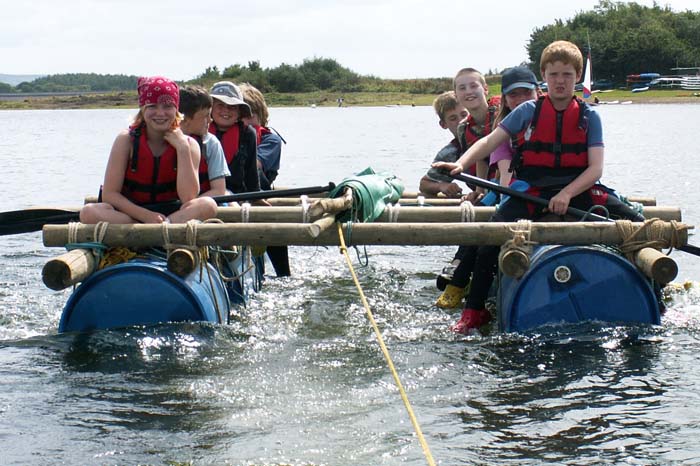
3. Rafting: Rafting trips encourage students to work together to navigate down a river. It provides similar benefits to backpacking and camping.
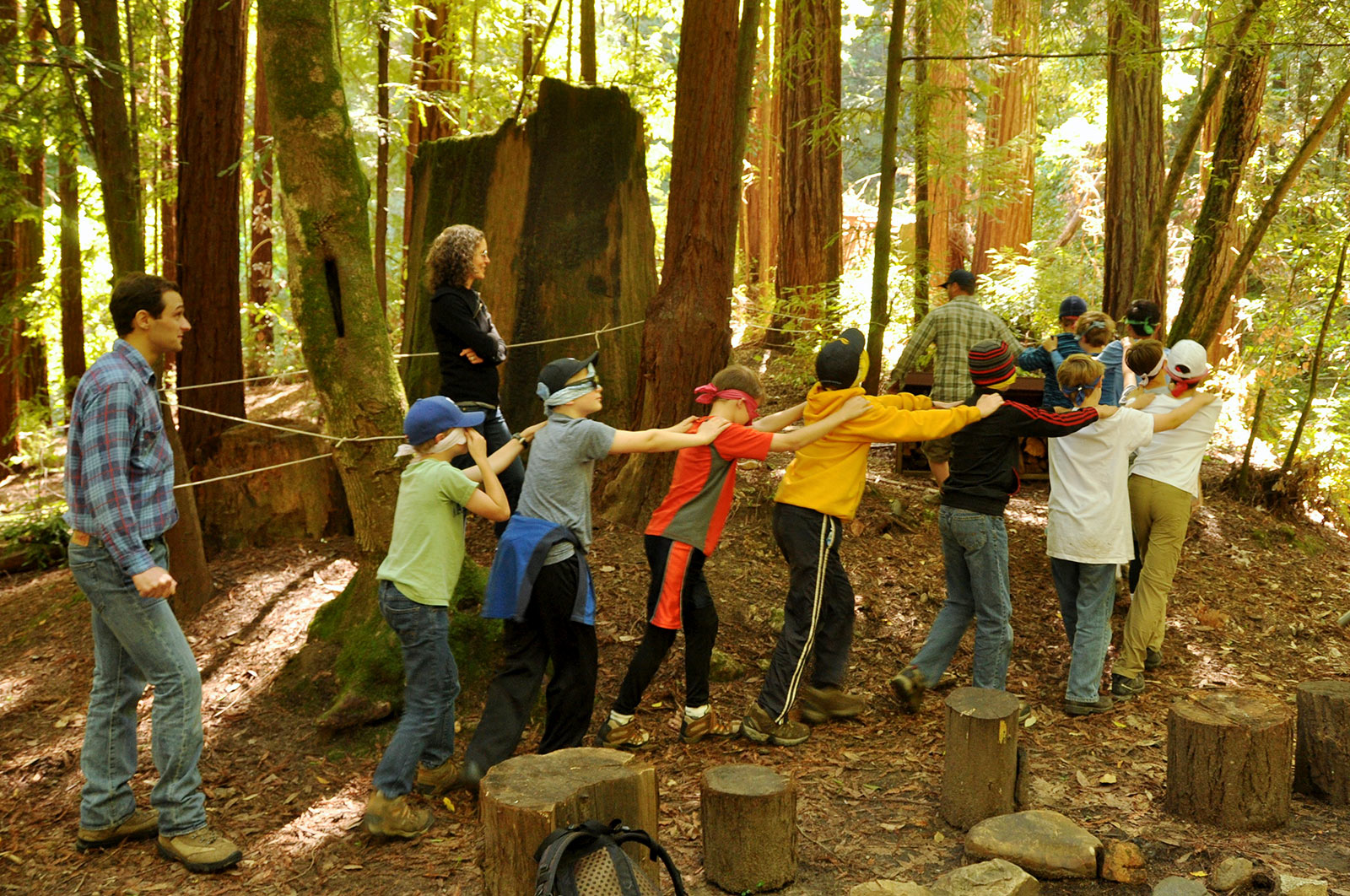
4. Ropes Course: This type of course is sometimes referred to as a Challenge Course or Teams Course. It is meant to help people overcome fear and anxiety by relying on themselves and their classmates or colleagues.
Many students in the United States are lucky enough to experience the benefits of outdoor education as part of their public school curriculum or extracurricular activities.
Other students are able to participate through summer or community experiences. However outdoor education is obtained, it benefits students for a lifetime.
